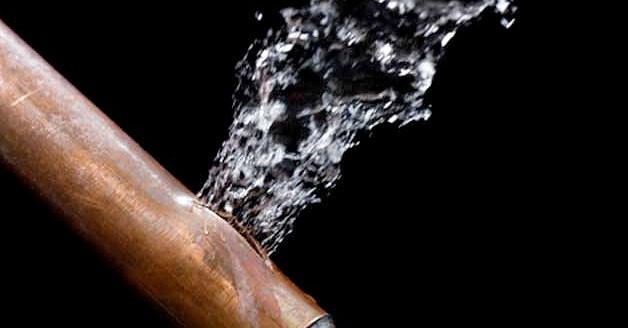The content listed below about Leaking water lines is indeed intriguing. Don't skip it.

Early detection of leaking water lines can mitigate a possible catastrophe. Some tiny water leakages might not be visible.
1. Check Out the Water Meter
Every house has a water meter. Inspecting it is a guaranteed way that aids you uncover leaks. For starters, shut off all the water sources. Make certain no one will purge, make use of the tap, shower, run the cleaning machine or dish washer. From there, go to the meter and watch if it will change. Because nobody is utilizing it, there need to be no activities. That suggests a fast-moving leakage if it moves. If you spot no modifications, wait a hr or 2 and inspect back once more. This means you might have a sluggish leak that could also be below ground.
2. Examine Water Intake
Examine your water bills as well as track your water consumption. As the one paying it, you need to notice if there are any kind of disparities. If you identify sudden changes, despite your usage coinciding, it means that you have leaks in your plumbing system. Bear in mind, your water bill must drop under the exact same variety every month. A sudden spike in your expense indicates a fast-moving leakage.
A steady increase every month, even with the same behaviors, reveals you have a slow-moving leakage that's additionally gradually rising. Call a plumber to extensively examine your home, specifically if you feel a warm location on your floor with piping underneath.
3. Do a Food Coloring Test
When it concerns water usage, 30% originates from bathrooms. Test to see if they are running appropriately. Drop specks of food shade in the tank and also wait 10 minutes. There's a leak in between the tank and dish if the color in some way infiltrates your bowl during that time without flushing.
4. Asses Outside Lines
Don't fail to remember to examine your exterior water lines as well. Must water leak out of the connection, you have a loose rubber gasket. One tiny leakage can waste heaps of water and surge your water expense.
5. Check and Evaluate the Scenario
House owners must make it a behavior to inspect under the sink counters and also inside cabinets for any type of bad odor or mold and mildew development. These 2 red flags show a leakage so timely attention is called for. Doing regular examinations, also bi-annually, can save you from a major issue.
If you know your residence is currently old, maintain a watchful eye on your heating units, pipes, pipes and so on. Check for discolorations and also compromising as most pipes as well as home appliances have a life expectancy. They will certainly also normally weaken as a result of damage. If you presume leaking water lines in your plumbing system, do not await it to escalate. Call an expert plumber right now so you don't wind up with a terrible mess in your home.
Early discovery of leaking water lines can alleviate a possible calamity. Some little water leakages may not be noticeable. Checking it is a surefire way that helps you find leaks. One tiny leakage can squander loads of water and spike your water bill.
If you suspect dripping water lines in your plumbing system, don't wait for it to intensify.
WARNING SIGNS OF WATER LEAKAGE BEHIND THE WALL
PERSISTENT MUSTY ODORS
As water slowly drips from a leaky pipe inside the wall, flooring and sheetrock stay damp and develop an odor similar to wet cardboard. It generates a musty smell that can help you find hidden leaks.
MOLD IN UNUSUAL AREAS
Mold usually grows in wet areas like kitchens, baths and laundry rooms. If you spot the stuff on walls or baseboards in other rooms of the house, it’s a good indicator of undetected water leaks.
STAINS THAT GROW
When mold thrives around a leaky pipe, it sometimes takes hold on the inside surface of the affected wall. A growing stain on otherwise clean sheetrock is often your sign of a hidden plumbing problem.
PEELING OR BUBBLING WALLPAPER / PAINT
This clue is easy to miss in rooms that don’t get much use. When you see wallpaper separating along seams or paint bubbling or flaking off the wall, blame sheetrock that stays wet because of an undetected leak.
BUCKLED CEILINGS AND STAINED FLOORS
If ceilings or floors in bathrooms, kitchens or laundry areas develop structural problems, don’t rule out constant damp inside the walls. Wet sheetrock can affect adjacent framing, flooring and ceilings.
https://www.servicemasterbyzaba.com/blog/how-to-detect-water-leakage-in-walls/

I hope you enjoyed reading our part on Detecting hidden plumbing leaks. Thanks so much for finding the time to read our article post. Sharing is good. You never know, you may just be helping someone out. We love reading our article about Detecting hidden plumbing leaks.